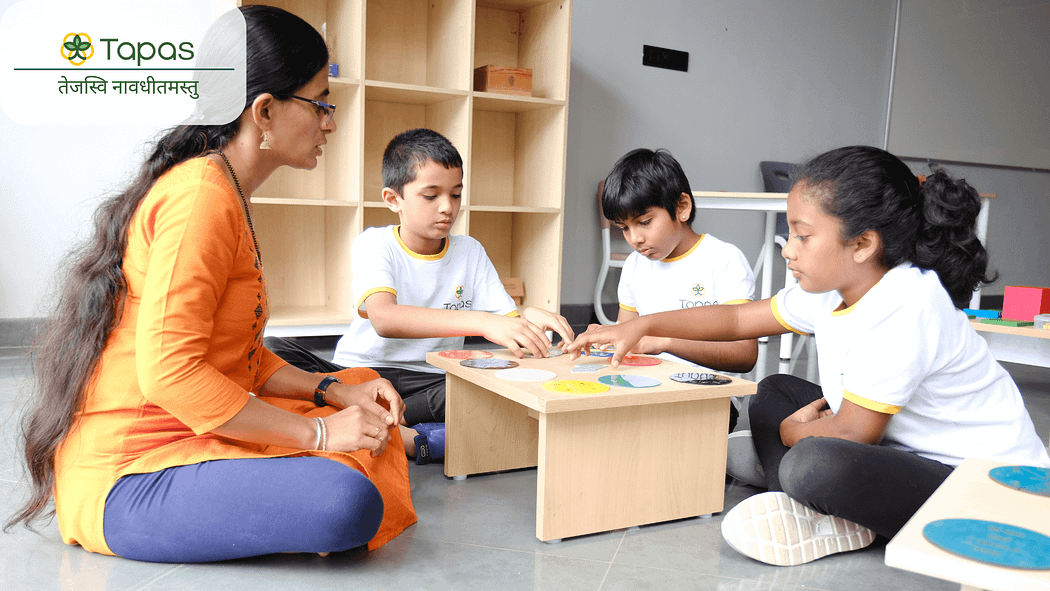How to Design a Student-Centered Learning Environment at School
In today’s dynamic educational landscape, schools are moving away from traditional, teacher-led instruction toward more inclusive, engaging approaches. At the heart of this shift lies the student-centered learning philosophy — an approach that empowers learners to take ownership of their education. When paired with progressive education methods, it creates a learning environment where curiosity thrives, and real understanding takes root.

What is Student-Centered Learning?
Student-centered learning is a philosophy that focuses on the needs, abilities, interests, and learning styles of students. Unlike conventional systems where the teacher directs all learning, this method encourages students to actively participate, collaborate, and engage in problem-solving. The teacher becomes a facilitator, guiding students as they explore topics, ask questions, and develop critical thinking skills.
This shift is not just a trend — it’s a proven method to boost engagement, retention, and motivation. Schools that embrace this philosophy often see higher levels of creativity and autonomy among their students.
Incorporating Progressive Education Methods
To successfully implement the student-centered learning philosophy, schools must adopt progressive education methods. These include project-based learning, inquiry-driven instruction, blended learning environments, and real-world application of knowledge.
Here are a few strategies that can help you design a truly student-centered learning environment:
1. Rethink Classroom Design
Start with the physical environment. Flexible seating, collaborative workspaces, and quiet areas for independent study support diverse learning preferences. When students feel comfortable and have control over their space, they become more engaged in their learning process.
2. Personalize Learning Plans
Each student is unique, and progressive education values that individuality. Develop personalized learning plans based on students’ interests, pace, and academic goals. Use assessment data not to rank students, but to guide them toward deeper understanding.
3. Foster Inquiry-Based Learning
Encourage students to ask questions, research answers, and present findings. This model builds confidence, independence, and curiosity. Teachers can offer guiding questions and frameworks but allow students the space to explore and learn actively.
4. Integrate Technology Thoughtfully
Technology plays a vital role in modern student-centered classrooms. Use digital tools for interactive learning, feedback, and collaboration. Platforms like Google Classroom or educational apps can enhance communication and content delivery without replacing human interaction.
5. Encourage Reflection and Feedback
Self-assessment and peer feedback are critical components of the student-centered learning philosophy. Create opportunities for students to reflect on their progress, challenges, and learning styles. It fosters self-awareness and intrinsic motivation.
The Future of Learning Is Student-Centered
Implementing the student-centered learning philosophy through progressive education methods doesn’t happen overnight. It requires a mindset shift — from control to collaboration, from delivering content to guiding discovery. But the results are worth it: empowered learners, deeper engagement, and a more meaningful educational experience.
At Tapas Education, we are committed to transforming classrooms into dynamic learning communities. By placing students at the center, we prepare them not just for exams — but for life.
Comments
Post a Comment